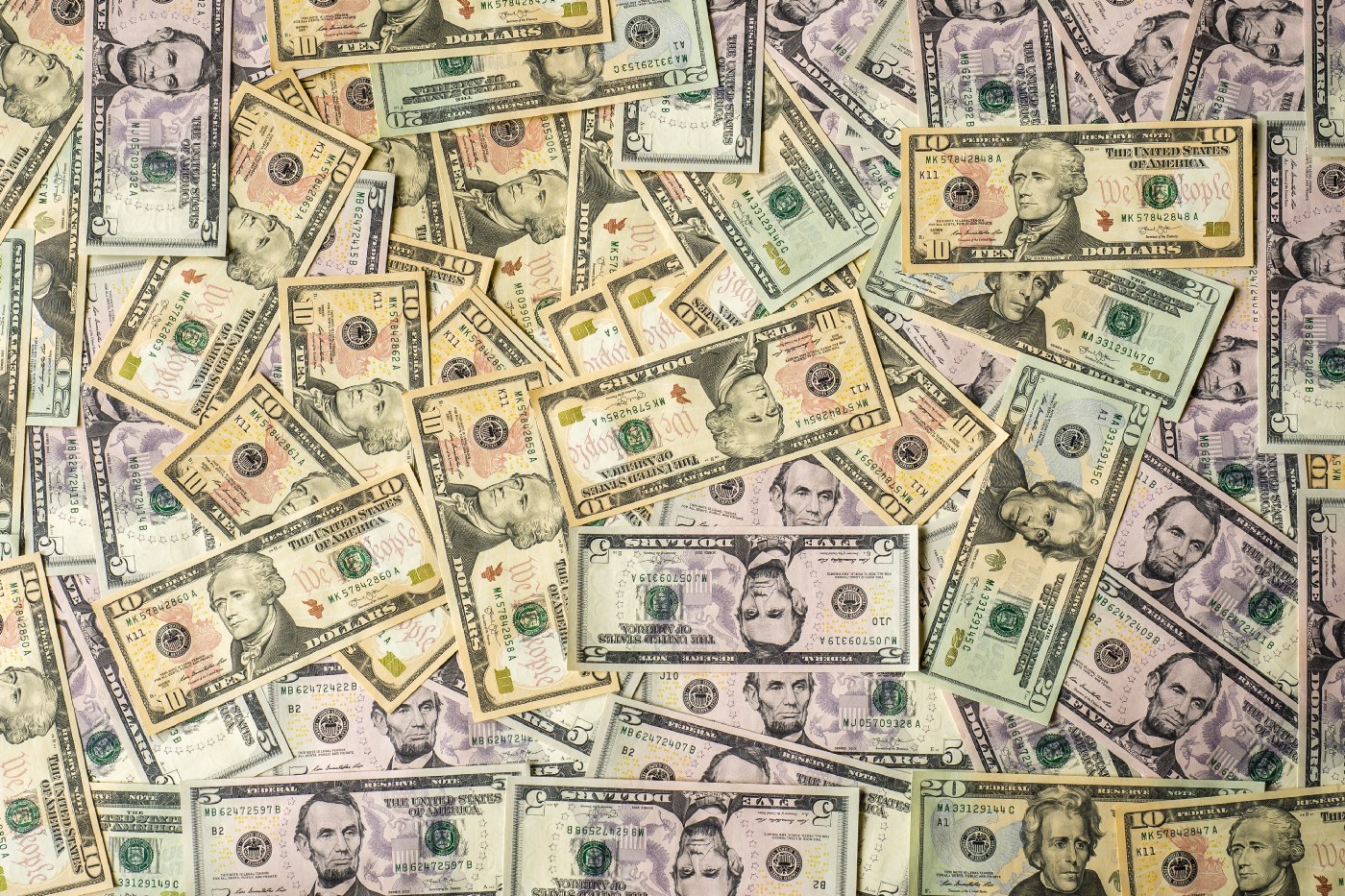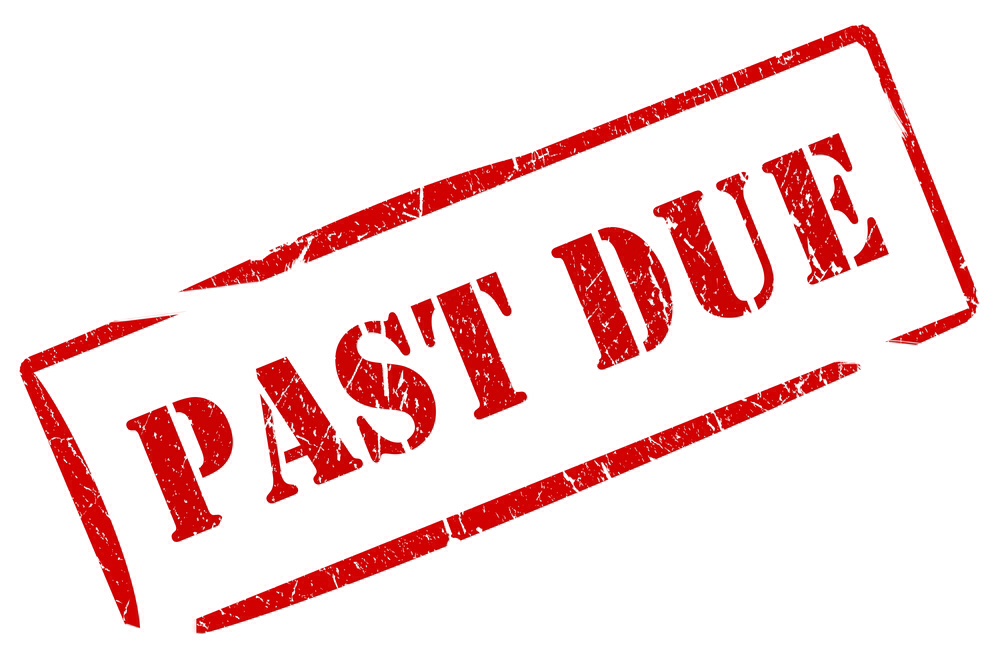
In order to avoid interest charges, you must pay your credit card bills in full each month. Missing a payment will void the grace period and interest will begin accruing on the balance. You can restore grace by paying in full for the next two billing cycles. You should not carry a balance. It will damage your credit score. Meeting your due dates is more important than your credit utilization rate.
Avoidance of interest charges for paying in full credit cards
To avoid interest charges on your credit cards, it is important to pay your monthly balance in full. This way, you won't be charged interest on purchases, balance transfers, or cash advances. Also, note that interest charges will accrue on balance transfer fees from the date of your first charge.
Making smaller payments is another way to avoid interest on your credit card. A lower payment will result in a lower credit card balance. This means you'll pay lower interest each month and can afford to make the minimum monthly payment.

Benefits of paying off your entire monthly balance in full
Paying off your monthly balance in full is one of the easiest ways to improve your credit score. This not only shows financial intelligence but also shows responsible money management. It is more difficult to make monthly payment if your credit card account has a high level of debt. A lower credit utilization ratio can be achieved by paying down your balance. When this ratio is low, lenders are more likely to approve your application.
It is good for credit scores and will prevent interest fees. Your balance will remain low across all accounts if you do this. Your credit score is determined by your credit utilization. Therefore, the lower your credit balance, the higher your credit score.
Credit scores are not affected by credit card debt that is not paid off within the billing period.
Monthly reports of credit card balances are sent to the credit bureaus. The card's maximum limit is generally $5,000. If you have a balance over $1,000 on a card that has a $5,000 limit, your utilization rate is 20%. But, if additional charges are made on the first of every month, your balance can jump to 60%. This would lower your credit score.
To lower your credit utilization ratio, avoid carrying credit card debt past the end billing cycle. It is not something you want to do. The interest can quickly add-up and cost you a lot of money. It is best to pay your bill promptly. You will maintain a low utilization rate while improving your credit score by paying your bill on time.

There are other options to paying in full with your credit card
There are many alternatives to paying in full with a credit card. These options include electronic wallets such as Apple Pay and Google Wallet, which do not require the use of a physical card. Before you use one, be sure to verify for fees. You can also purchase a gift certificate. Many retailers sell gift cards at their branches. They can be preloaded and come with funds.
FAQ
Is passive income possible without starting a company?
Yes, it is. In fact, many of today's successful people started their own businesses. Many of them had businesses before they became famous.
You don't need to create a business in order to make passive income. Instead, you can simply create products and services that other people find useful.
For instance, you might write articles on topics you are passionate about. Or you could write books. You might even be able to offer consulting services. Your only requirement is to be of value to others.
What should I do if I want to invest in real property?
Real Estate Investments offer passive income and are a great way to make money. They do require significant upfront capital.
Real Estate is not the best choice for those who want quick returns.
Instead, consider putting your money into dividend-paying stocks. These stocks pay you monthly dividends which can be reinvested for additional earnings.
How do I begin investing and growing my money?
Learning how to invest wisely is the best place to start. You'll be able to save all of your hard-earned savings.
Learn how to grow your food. It is not as hard as you might think. You can grow enough vegetables for your family and yourself with the right tools.
You don't need much space either. You just need to have enough sunlight. Also, try planting flowers around your house. They are simple to care for and can add beauty to any home.
Consider buying used items over brand-new items if you're looking for savings. They are often cheaper and last longer than new goods.
How can I manage my risk?
Risk management means being aware of the potential losses associated with investing.
One example is a company going bankrupt that could lead to a plunge in its stock price.
Or, a country's economy could collapse, causing the value of its currency to fall.
You can lose your entire capital if you decide to invest in stocks
Stocks are subject to greater risk than bonds.
Buy both bonds and stocks to lower your risk.
Doing so increases your chances of making a profit from both assets.
Spreading your investments among different asset classes is another way of limiting risk.
Each class is different and has its own risks and rewards.
For instance, while stocks are considered risky, bonds are considered safe.
So, if you are interested in building wealth through stocks, you might want to invest in growth companies.
Focusing on income-producing investments like bonds is a good idea if you're looking to save for retirement.
How old should you invest?
The average person invests $2,000 annually in retirement savings. Start saving now to ensure a comfortable retirement. You might not have enough money when you retire if you don't begin saving now.
It is important to save as much money as you can while you are working, and to continue saving even after you retire.
The sooner you start, you will achieve your goals quicker.
You should save 10% for every bonus and paycheck. You may also choose to invest in employer plans such as the 401(k).
Make sure to contribute at least enough to cover your current expenses. After that, you can increase your contribution amount.
Statistics
- Some traders typically risk 2-5% of their capital based on any particular trade. (investopedia.com)
- They charge a small fee for portfolio management, generally around 0.25% of your account balance. (nerdwallet.com)
- 0.25% management fee $0 $500 Free career counseling plus loan discounts with a qualifying deposit Up to 1 year of free management with a qualifying deposit Get a $50 customer bonus when you fund your first taxable Investment Account (nerdwallet.com)
- As a general rule of thumb, you want to aim to invest a total of 10% to 15% of your income each year for retirement — your employer match counts toward that goal. (nerdwallet.com)
External Links
How To
How to invest In Commodities
Investing in commodities means buying physical assets such as oil fields, mines, or plantations and then selling them at higher prices. This is called commodity-trading.
The theory behind commodity investing is that the price of an asset rises when there is more demand. The price falls when the demand for a product drops.
If you believe the price will increase, then you want to purchase it. And you want to sell something when you think the market will decrease.
There are three major categories of commodities investor: speculators; hedgers; and arbitrageurs.
A speculator would buy a commodity because he expects that its price will rise. He doesn't care about whether the price drops later. For example, someone might own gold bullion. Or an investor in oil futures.
An investor who buys a commodity because he believes the price will fall is a "hedger." Hedging is a way of protecting yourself from unexpected changes in the price. If you own shares that are part of a widget company, and the price of widgets falls, you might consider shorting (selling some) those shares to hedge your position. By borrowing shares from other people, you can replace them by yours and hope the price falls enough to make up the difference. If the stock has fallen already, it is best to shorten shares.
The third type, or arbitrager, is an investor. Arbitragers trade one item to acquire another. If you're looking to buy coffee beans, you can either purchase direct from farmers or invest in coffee futures. Futures enable you to sell coffee beans later at a fixed rate. While you don't have to use the coffee beans right away, you can decide whether to keep them or to sell them later.
You can buy something now without spending more than you would later. You should buy now if you have a future need for something.
But there are risks involved in any type of investing. One risk is that commodities could drop unexpectedly. The second risk is that your investment's value could drop over time. You can reduce these risks by diversifying your portfolio to include many different types of investments.
Taxes should also be considered. It is important to calculate the tax that you will have to pay on any profits you make when you sell your investments.
Capital gains taxes are required if you plan to keep your investments for more than one year. Capital gains taxes only apply to profits after an investment has been held for over 12 months.
If you don't expect to hold your investments long term, you may receive ordinary income instead of capital gains. Ordinary income taxes apply to earnings you earn each year.
Investing in commodities can lead to a loss of money within the first few years. You can still make a profit as your portfolio grows.